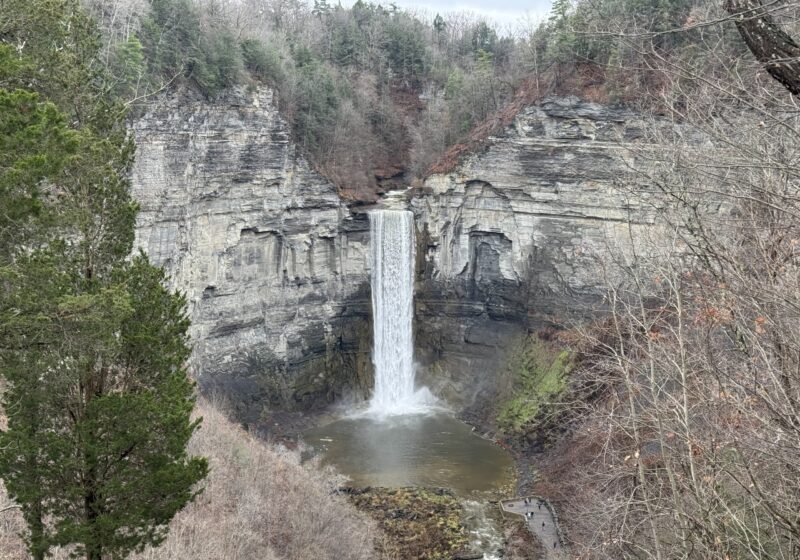
Courtesy of Fairmount Properties
Progress is currently being made on UR’s College Town project. With construction around Mt. Hope avenue, which houses popular dining options such as Chipotle and Coldstone Creamery, the plan seems to finally be coming to fruition.
How long has this plan for a more “college town” atmosphere been in the works though?
The Campus Times published an article about a similar college town plan in 1983.
An idea was proposed in 1982 that included a plan to build a mini-shopping center that was pedestrian friendly, with about 20 merchants and stores. The shopping area would be located on the intersection of Elmwood and Lattimore avenues.
The modern day College Town is intended to be between Elmwood Avenue and Crittenden Boulevard, west of Mt. Hope Avenue on UR-owned land. This plan includes a more multi-faceted village of sorts, with apartment spaces integrated on top of the stores. Other buildings such as grocery stores, a hotel with a conference center, and office space will be built around the area as well.
At the time the 1982 plan was proposed, there was a high interest rate on buildings, which caused a delay of six months in the development of the area. But, as the CT reported, there was a drop in the interest rate that January and an increase in feasibility to continue with the plans.
“‘UR’s college town proposal is moving forward again because of lowered interest rates,’” George Angle, former vice president for public affairs, said in the article.
This idea has seen more progress, though, since the ’80s. Recently, the campus was approved a $20 million federal loan to be used for the project and there is hope that the project will break ground in November.
The reason for the college town plan differs now from back in the day. In 1983, UR felt a need to make more commercial resources available to the students. The University also wanted to make it clear that the plan for a college town was “not intended to be a moneymaker for the developer or UR.”
The goal of the University now is to not only give students an entirely new experience of campus life, but also create a cohesiveness between the campus and the community that it is surrounded by.
In September that same year, the CT published an article explaining that the college town would not begin to be built until the spring of 1985 and would then take at the least two years to complete.
Although there was a breakthrough earlier in the year with lower interest rates, the plan ran into more problems involving the building of a new road.
The road would have been built to connect the intersection of Lattimore and Crittenden avenue with Intercampus Drive and Moore road. It was vital to open up the college town area to the public, instead of limiting the space to just college students.
By the end of 1983, the proposed college town was at a standstill.
Luckily for current UR students, the plan for a more vibrant campus life, with a larger range of hang out and shopping spots, is seeing more success as the University goes forth with its current College Town plans.
Mariner is a member of the class of 2015.


